Few Simple Improvements to Monitoring Data Analysis
Most of us are collecting and analyzing training load data and readiness metrics (i.e. GPS training load, sRPE and wellness). The most common analysis method is to use two rolling averages windows – acute (around 7 days) and chronic (around 28 days) and to calculate their ratio, referred to as ACWR (Acute to Chronic Workload Ratio), or TSB (Training Stress Balance).
In the video below, I will walk you through the potential issues with the above described method and introduce few simple improvements that you can start implementing immediately. I will show you why and how to use a better method and you will not only see the benefits of the novel approach, but also be able to apply it on your own data using accompanying Excel template, that is available to Complementary Training members.
Those improvements include exponential moving average (EMA), exponential moving standard deviation (EMSD), which is very useful in estimating Effect Size (ES) between Acute and Chronic estimates, as well as using ‘Lag’ to clear up the overlap between Acute and Chronic rolling windows. They also help with improving sensitivity of change metrics (i.e. ACWR ratio and ES).

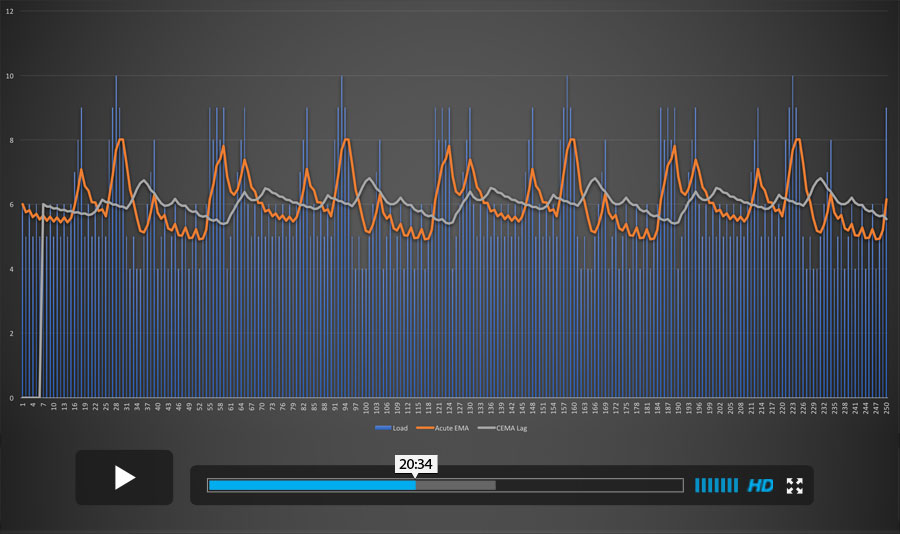
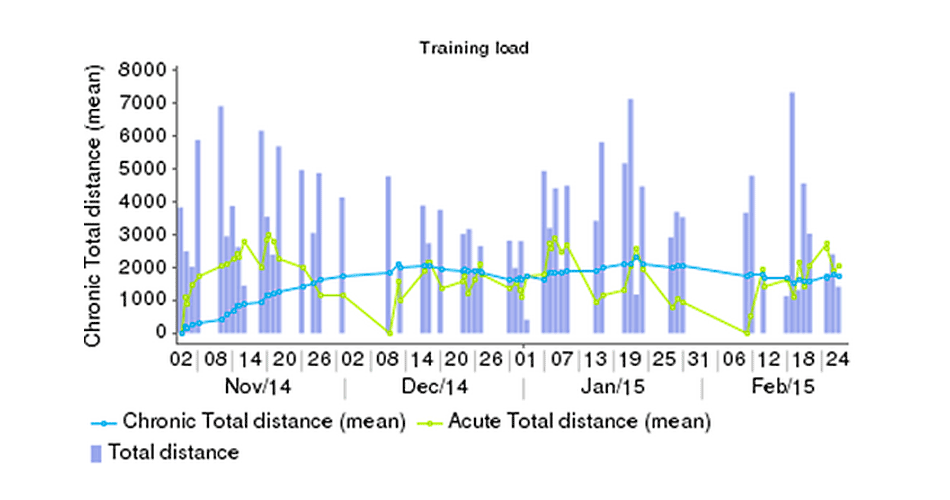
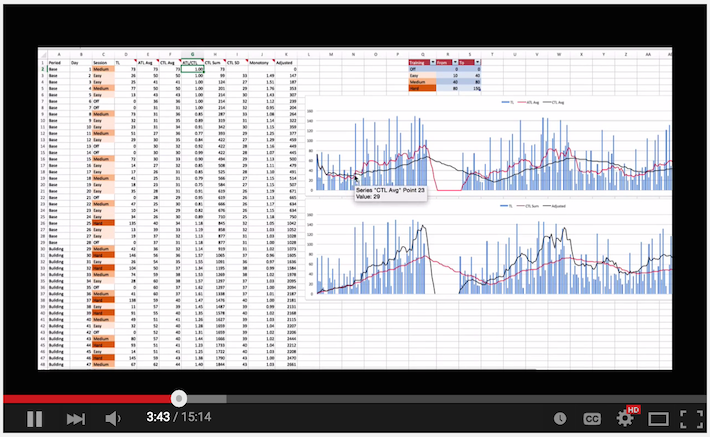
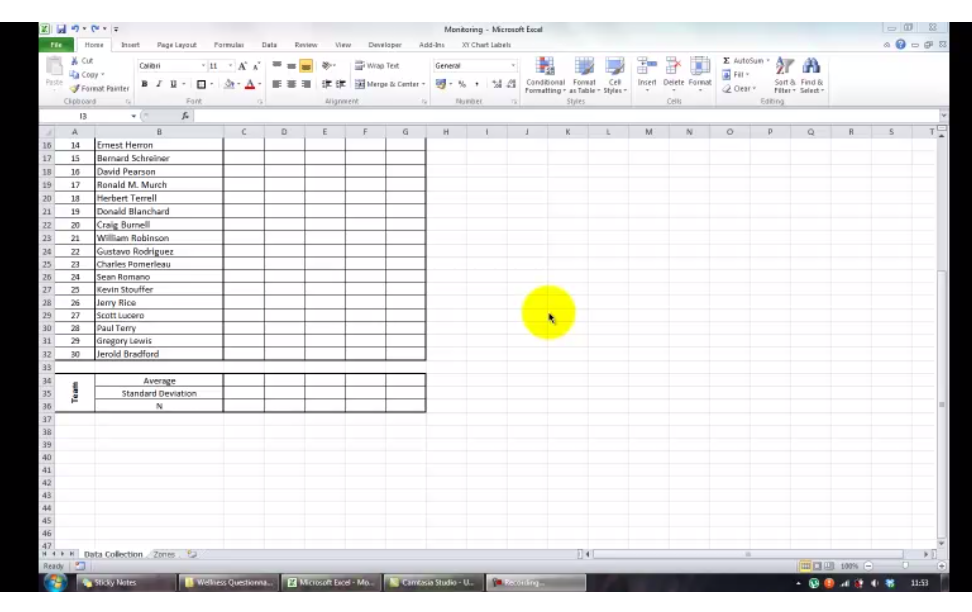
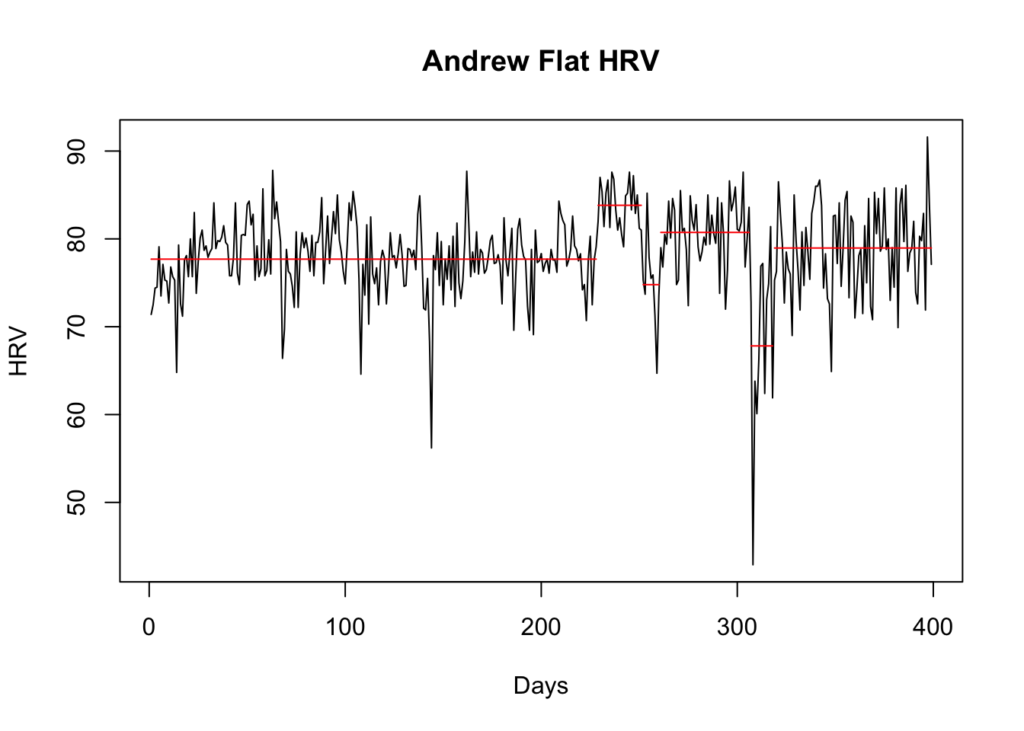






Responses